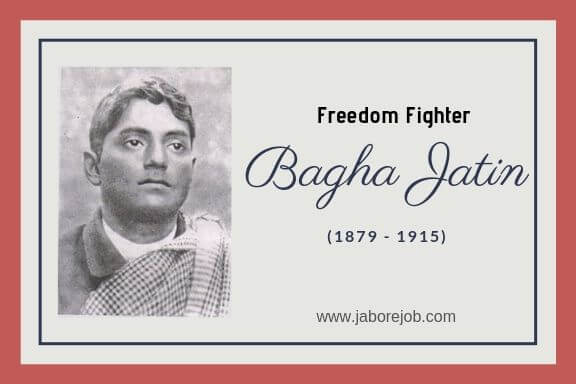The Direct Benefits Transfer (DBT) Scheme aims to improve the subsidy transfer mechanism launched by the government of India in 2013.
This program aims to transfer subsidies (for kerosene, LPG, fertilizers, etc.) directly to the people living below the poverty line through bank accounts by using the Aadhaar as a payment bridge.
A task force led by Nandan Nilekani recommended how to implement the direct transfer of money for the above-mentioned items.
How does the Scheme Work?
The money is transferred directly to the bank accounts of the beneficiaries with an Aadhaar card linking.
Payments and benefits under the government’s social welfare programs will be paid directly to the beneficiaries. The same money can be used to buy products or services in the market.
Does DBT is a game-changer in providing good Governance
Yes, I think this is a very good initiative of the Indian government to eliminate intermediaries in various welfare schemes and reduce the level of corruption that will directly benefit the citizens of the country.
It limits the commercial use of subsidized cylinders and decreases the adulteration of diesel with low priced kerosene.
It is the transparent, speedy, timely, and error-free as the subsidized money will be transferred directly to the beneficiaries.
According to the planning commission, 58% of the subsidized grains do not reach the beneficiaries exactly due to the inefficiency of the public distribution system, which can be repaired with the DBT.
Linking between Aadhaar and Direct Benefits Transfer helps in the elimination of duplicate cards because the unique identification number is provided in the card to identify the person specifically.
The actual transfer of cash through micro ATMs would contribute to greater financial inclusion in rural India.
DBT is also one of the largest administrative reform experiments in the world and it is influencing other developing countries to implement the same.
Why is Aadhar superior to other Biometric Systems?
For all government schemes, this is a unique biometric system that guarantees uniformity and equality among all the classes of people in our society and easy to identify whether he is beneficiary or not. And it is easy to track a person, even if he or she migrates to other places.
Challenges of Direct Benefit Transfer
Direct Benefit Transfer Schemes is a game-changing strategy but there are some problems with the implementation. Let’s see some of them:
1. It will have some problems with banks, post offices mainly with technical issues and online connectivity in remote places.
2. The government must be ready for change, especially databases must be digitized and the required training must be provided to employees.
3. In many rural areas, the government needs to establish awareness programs on opening a bank account, and linking with Aadhaar and explaining the benefits, for these the government has to keep some budget.
4. There are some problems with technology because the manual workers and elderly people’s fingerprints are not recognized properly by the devices.
5. The registration to Aadhaar must be universalized.
Conclusion:
In the end, after analyzing all the points above I believe it aims at inclusive growth, reduces corruption, and provides more transparency of accounts which indirectly helps in the removal of poverty and economic growth.















